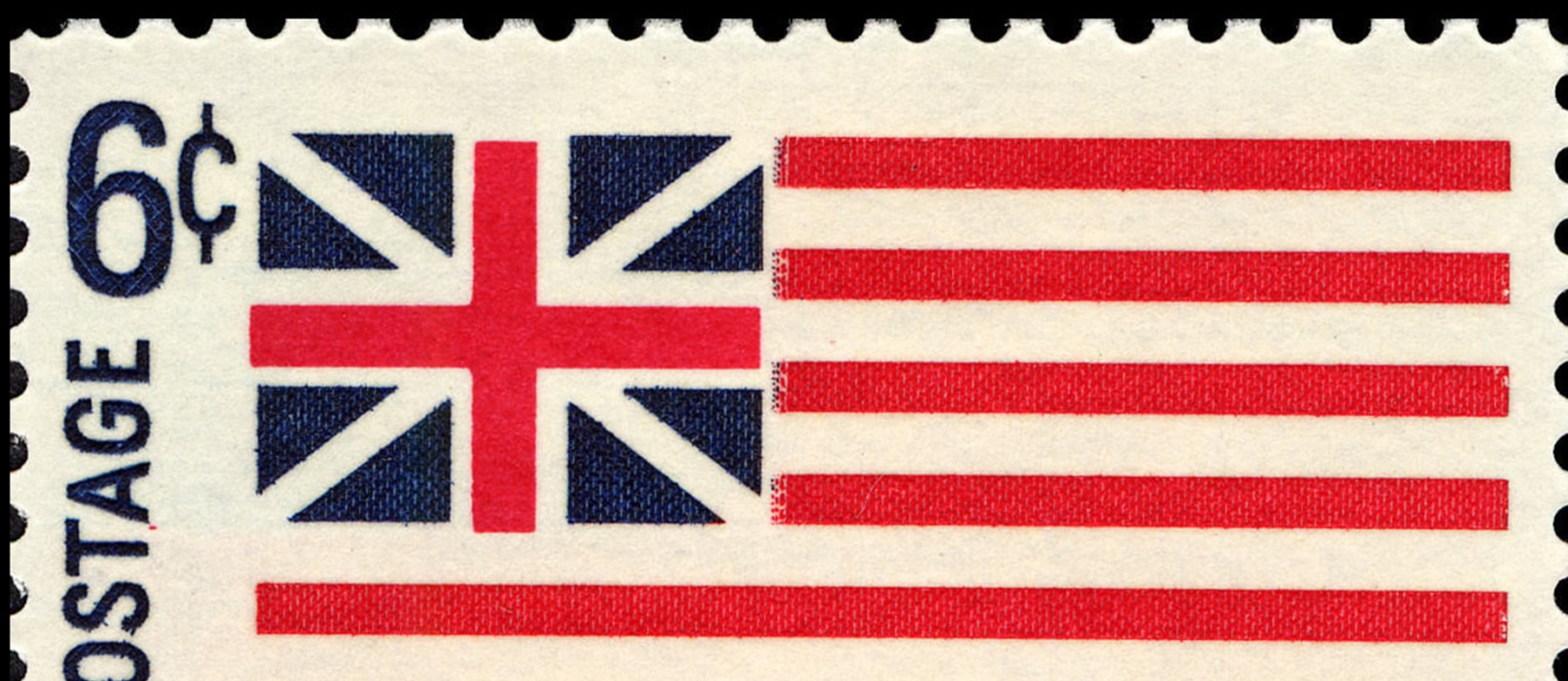


For some time, public debate in the United States has questioned whether import tariffs are effective economic policy instruments. Can tariffs address trade imbalances and encourage domestic manufacturing? Is protection the key to securing prosperity?
Tariffs have historically played this role in the United States. As the first Secretary of the Treasury, Alexander Hamilton implemented high tariffs to protect American industry from British imports, arguing that infant industries needed shielding to develop and compete. Hamilton’s strategy, however, also included subsidies and infrastructure investments, not just tariffs. These policies helped lay the foundation for American industrialization.
In the late nineteenth century, tariffs—most notably the Morrill Tariff of 1861—shielded domestic producers from European competition and provided revenue. The Republican majorities of the Gilded Age embraced three pillars of economic policy: sound money under the gold standard, a business-friendly, lightly regulated domestic market, and tariffs as both a revenue source and a protective measure. In the early twentieth century, tariffs remained central to trade policy. The Smoot-Hawley Tariff Act of 1930 sought to protect American farmers and manufacturers but is now widely blamed for worsening the Great Depression. Other nations retaliated, reducing global trade and deepening economic hardship.
These historical examples share a key characteristic: they took place under a gold standard or fixed exchange rate system. Under such regimes, tariffs could sometimes help reduce trade imbalances, but only through internal adjustments—such as deflationary pressure or lower domestic demand—rather than currency depreciation.
In a fixed exchange rate or gold standard system, monetary policy is constrained, so trade deficits are corrected through shifts in domestic prices and wages rather than currency depreciation. If tariffs reduce imports, they slow the outflow of gold or foreign reserves, stabilizing the money supply. Since exchange rates remain fixed, however, competitiveness must be restored through lower domestic prices and wages, often leading to weaker domestic demand.
At the same time, tariffs create a protected market for domestic industries, making imported goods more expensive and encouraging local production. Without currency depreciation benefiting foreign competitors, domestic manufacturers gain a stable environment to expand. Additionally, tariff revenues often fund infrastructure and industrial subsidies, further stimulating economic development. This was the strategy behind American industrialization in the nineteenth century and similar policies in Germany and Japan.
This is not to say that under fixed gold or exchange rate regimes, tariffs were perfect. Far from that, they often protected inefficient industries, raised consumer prices, and provoked retaliation. While they were tolerable under a system of fixed exchange rates, they were never a straightforward economic good.
The US deficit is driven by entitlement spending, tax policy, and broader structural factors—none of which can be meaningfully addressed by taxing imports.
Today, the world operates under floating exchange rates, where tariffs behave differently. When a country imposes tariffs, its currency typically appreciates as capital flows adjust and demand for foreign currency falls. This appreciation makes exports more expensive and imports cheaper, neutralizing the intended protective effects of the tariff.
Trade imbalances adjust primarily through currency fluctuations rather than shifts in domestic output. This makes tariffs largely self-defeating as a tool for addressing trade deficits. Instead of boosting domestic manufacturing, they tend to lead to a stronger currency, which counteracts the tariffs’ intended effects and leaves industries no more competitive than before. The real drivers of trade imbalances—such as national savings rates, capital formation, labor productivity, and capital flows—remain unchanged.
If Tariffs Don’t Work as Intended, What Are They For?
If tariffs do not significantly reduce trade imbalances or boost domestic manufacturing, what purpose do they serve? The most immediate answer is tax revenue. Tariffs function as an indirect tax on imports. While businesses and consumers ultimately bear the cost, the government collects additional revenue without needing to pass politically unpopular income tax hikes.
Conservative voters are generally alienated by politicians raising taxes, but tariffs provide a politically convenient way to increase revenue. Policymakers can frame these taxes as a way to punish foreign competitors, winning over this otherwise skeptical demographic.
Like direct taxation, tariffs do not necessarily trigger broad inflation—they simply change the relative prices of taxed goods. The currency appreciation that follows tariff imposition can partially offset price increases on imports. From a fiscal standpoint, tariffs increase government revenue while shifting the economic burden mostly toward the tradable sector.
Yet, there is still one key consequence: taxes increase. Tariffs may be presented as an economic nationalist policy, but their immediate fiscal effect is to extract more real resources for the government. While their advocates promote them as tools for protecting domestic production and jobs, these effects are largely illusory under floating exchange rates. At best, any impact is temporary—assuming no retaliatory trade war ensues.
Can Tariffs Solve America’s Deficit Problem?
If tariffs are just a not-so-hidden tax increase, could they be a viable tool for addressing America’s budget deficit? Certainly not. The revenue generated by tariffs is insignificant compared to the scale of fiscal deficits, and their economic distortions outweigh any financial benefits.
The US deficit is driven by entitlement spending, tax policy, and broader structural factors—none of which can be meaningfully addressed by taxing imports. Moreover, tariffs provoke retaliation, harming exports and disrupting industries that rely on global supply chains. They also fail to address the root causes of trade imbalances, which stem from macroeconomic conditions rather than unfair trade practices.
Consider the foreign purchase of US assets. Investors buying US Treasuries must first buy US dollars, increasing demand for the currency. This means that if everything else remains equal, federal, state, and local fiscal imbalances create artificial demand for dollars, pushing the exchange rate higher. If the United States curbed its deficits, the demand for dollars would fall, making American-made goods more competitive globally.
A Better Alternative: Fiscal Responsibility
Tariffs on imports do not restore American producers’ competitiveness in a floating exchange rate system. Only a return to fiscal discipline truly could. Recent and historical cases of fiscal consolidation demonstrate that reducing deficits in a democracy is possible when political will is mustered. Lower deficits would reduce the artificially high demand for US dollars, leading to a lower US dollar Index that naturally enhances American competitiveness.
Tariffs may be politically popular, but under a floating exchange rate system, they are ineffective at correcting trade imbalances or promoting domestic industry. Instead, they function primarily as a tax increase that disproportionately affects consumers and businesses reliant on tradable goods.
The bottom line is, if policymakers are serious about fixing America’s trade and fiscal challenges, they should abandon outdated protectionist measures and focus on meaningful economic reforms. A stronger, more competitive economy will come not from artificial barriers to trade but from sound fiscal policies that address the true structural issues behind trade imbalances.









